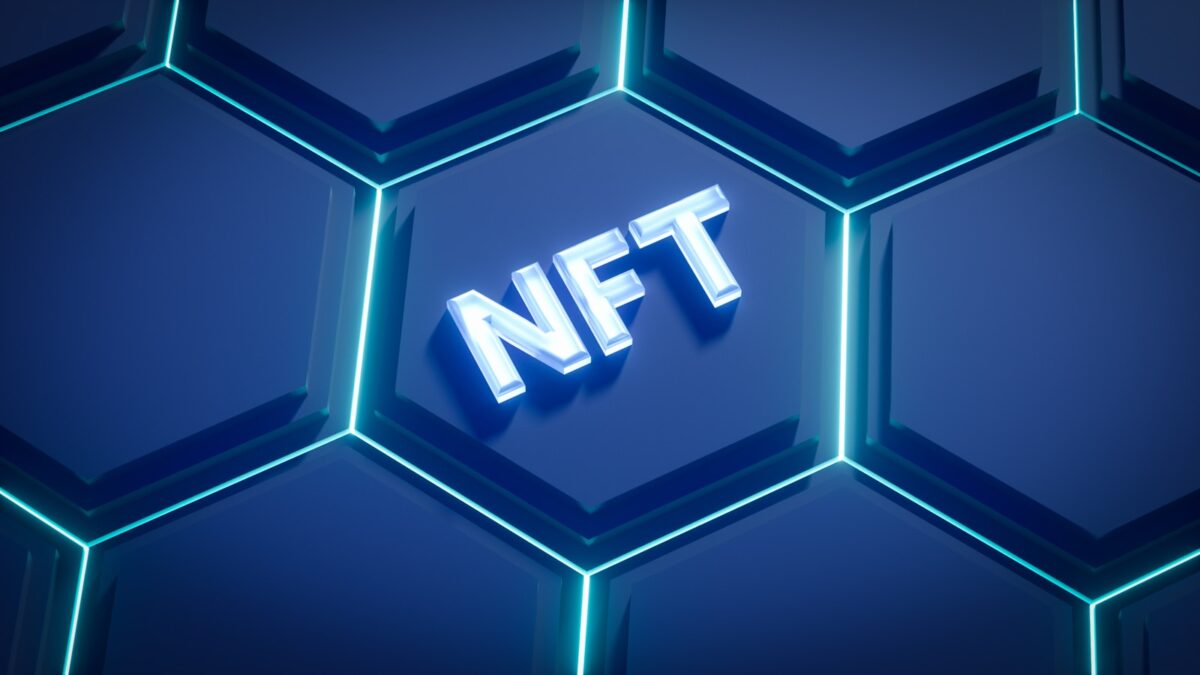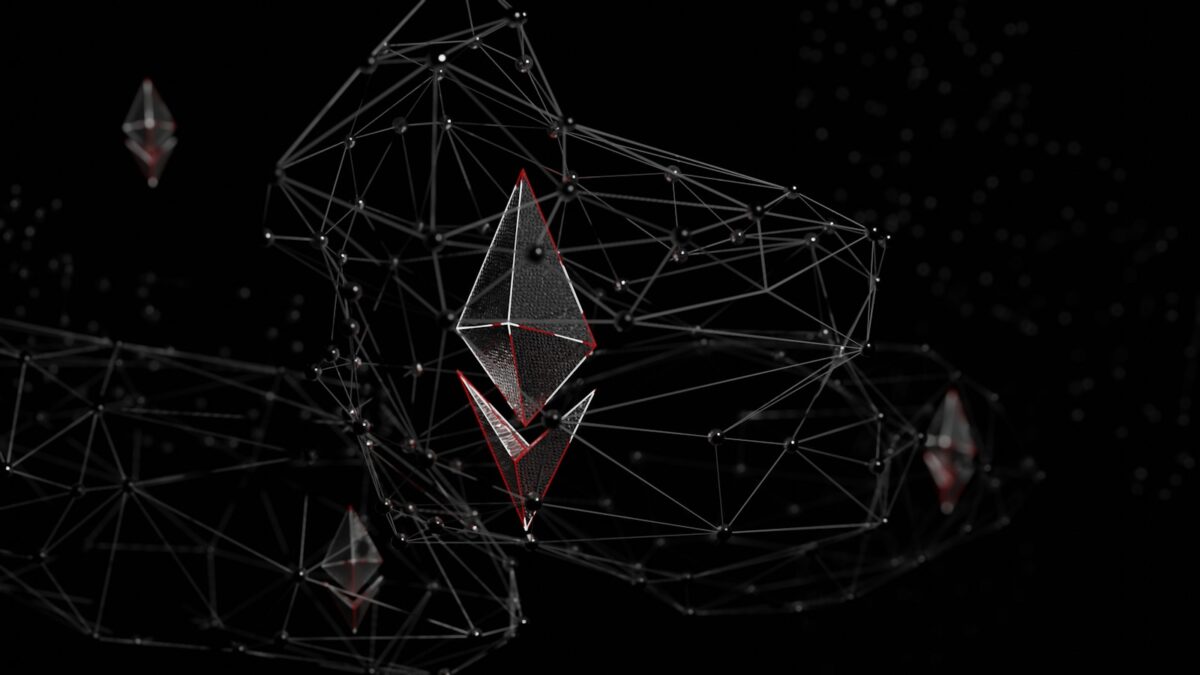
Zero-knowledge proofs basics

Achieving confirmation of a statement without revealing any underlying data is a critical advancement in modern cryptography. This approach enables one party to convince another that a claim is true while maintaining complete confidentiality of the information involved. Such methods preserve privacy by ensuring no sensitive details are exposed during the verification process.
At the core of these techniques lies a framework where interaction or non-interaction allows for validation without disclosure. The challenge consists in designing algorithms that produce convincing attestations while withholding all informative content except the validity itself. This balance between transparency and secrecy revolutionizes how trust can be established digitally.
Emerging protocols like zk-STARKs extend this concept by offering scalability and post-quantum security, pushing boundaries beyond earlier constructions. They generate succinct arguments that anyone can efficiently check without accessing secret inputs, making them highly suitable for decentralized systems and blockchain applications demanding both integrity and confidentiality.
Understanding Zero-Knowledge Concepts in Cryptography and Blockchain
The ability to verify the authenticity of information without disclosing the underlying data is a transformative capability within cryptography. This method enables one party to prove knowledge of a secret or the correctness of a statement without revealing any additional details. Such mechanisms preserve privacy by ensuring sensitive information remains undisclosed during verification processes, which is especially critical in blockchain systems where transparency and confidentiality must coexist.
Cryptographic protocols implementing these techniques have evolved significantly, with zk-snarks and zk-starks emerging as two prominent frameworks. Both offer succinct proofs that facilitate efficient validation while minimizing computational overhead. However, zk-snarks typically require a trusted setup phase, whereas zk-starks rely on transparent setups based on collision-resistant hash functions, enhancing trust assumptions and scalability.
Technical Foundations and Privacy Implications
This class of cryptographic constructs uses complex mathematical algorithms to encode statements such that verifiers can confirm their validity without learning anything beyond the truthfulness of those statements. For example, in confidential transactions on blockchain networks, users can prove possession of adequate funds without exposing balances or transaction amounts. This technique strengthens privacy guarantees by preventing observers from inferring transactional details.
Implementations such as zk-snarks utilize elliptic curve pairings and polynomial commitments to generate concise proofs, often under 1 kilobyte in size. In contrast, zk-starks employ collision-resistant hash functions and probabilistic checkable proofs (PCPs), producing larger proof sizes but improving post-quantum security resilience. These differences influence their adoption depending on use cases prioritizing either efficiency or security against future computational paradigms.
- zk-SNARKs: Require trusted setup; efficient proof size; widely used in privacy coins like Zcash.
- zk-STARKs: Transparent setup; larger proofs; better resistance to quantum attacks; adopted in projects focusing on scalability like StarkWare.
Exploring real-world applications reveals how zero-information verification enhances decentralized identity systems. Users can authenticate attributes (age, nationality) without sharing personal documents, reducing risks associated with data breaches. Similarly, supply chain platforms apply these methods to validate provenance claims securely while protecting proprietary business data.
The continuous refinement of these cryptographic proof systems invites further experimental inquiry into optimizing proof generation times and minimizing verifier workloads. Researchers investigate hybrid models combining zk-snarks’ compactness with zk-starks’ transparency to develop adaptable solutions for diverse blockchain architectures demanding scalable privacy-preserving assurances.
How zero-knowledge verification works
The primary function of zero-knowledge protocols lies in enabling a party to confirm the validity of a statement without disclosing any underlying information. This mechanism relies on complex mathematical constructions that allow one side, the prover, to convince another, the verifier, about the authenticity of data or computation outcomes without revealing the data itself. Such an approach is crucial for maintaining confidentiality while ensuring trustworthiness within distributed systems.
At its core, these methods use interactive or non-interactive exchanges where cryptographic commitments and challenge-response sequences occur. The prover generates evidence that satisfies specific constraints derived from the original claim. The verifier then performs checks based solely on this evidence rather than direct access to sensitive inputs, maintaining privacy throughout the process.
zk-snarks, one popular family of these technologies, employ succinct arguments with rapid verification time and minimal proof size. These are widely used in blockchain platforms like Zcash to validate transactions without exposing sender, receiver, or amount details. Their efficiency arises from elliptic curve pairings and quadratic arithmetic programs (QAP), translating computations into polynomial equations that can be quickly verified using cryptographic assumptions such as knowledge-of-exponent problems.
In contrast, zk-starks offer transparency by eliminating trusted setup phases required in zk-snarks and rely on collision-resistant hash functions instead of elliptic curves. They produce larger proof sizes but provide scalability advantages and resistance against potential quantum attacks due to their simpler cryptographic primitives. StarkWare’s implementations demonstrate how these protocols enable private rollups on Ethereum by compressing large batches of transactions with verifiable integrity.
A typical workflow involves encoding a computational problem into an algebraic form suitable for zero-information validation. For example, verifying identity attributes or correctness of outsourced computations without revealing raw data becomes feasible through layered commitment schemes and polynomial interactive proofs transformed via Fiat-Shamir heuristics into non-interactive formats. This ensures minimal communication overhead while preserving robust security guarantees under standard cryptographic hardness assumptions.
Practical applications extend beyond cryptocurrency privacy enhancements to include secure voting systems, confidential supply chain tracking, and private machine learning inference verification. By providing mathematically sound assurances without exposing underlying secrets, these technologies pave pathways toward more trustworthy decentralized infrastructures where validation requirements coexist harmoniously with stringent privacy demands.
Applications in Blockchain Privacy
Implementing advanced cryptographic techniques enables blockchain networks to maintain transactional confidentiality without revealing sensitive data. Among these methods, zk-SNARKs have gained prominence by allowing validators to confirm the legitimacy of transactions while keeping underlying information hidden from observers. This approach significantly enhances privacy for users engaging in decentralized finance (DeFi) and confidential asset transfers, ensuring compliance verification without exposing transaction details.
zk-STARKs offer an alternative that addresses some limitations of zk-SNARKs, such as reliance on trusted setups and computational intensity. By leveraging transparent setups and post-quantum security assumptions, zk-STARK-based systems provide scalable solutions for privacy-preserving applications. Projects integrating zk-STARKs demonstrate improved efficiency in verifying large-scale computations while preserving user anonymity, which is critical for public blockchains seeking to balance transparency with discretion.
The capacity to validate statements about private inputs without disclosing those inputs fundamentally transforms how information is managed on distributed ledgers. For instance, privacy-centric cryptocurrencies utilize these cryptographic protocols to shield sender and receiver identities along with transaction amounts. Such capabilities are crucial for sectors requiring strict confidentiality, including healthcare data sharing and private voting systems built atop blockchain platforms.
Beyond financial use cases, zero-knowledge methodologies facilitate permissioned blockchain environments where access control must be enforced without compromising operational secrecy. Enterprises can thus prove compliance or ownership attributes securely through succinct attestations generated by zk-proof mechanisms. Continuous research explores optimizing proof generation times and minimizing on-chain verification costs, further expanding practical deployments of these protocols across diverse blockchain ecosystems.
Constructing zk-SNARK Protocols
To build succinct non-interactive arguments of knowledge (zk-SNARKs) without compromising data security, the protocol must enable verification while withholding sensitive details. This is achieved by encoding the statement to be proven as an arithmetic circuit or Rank-1 Constraint System (R1CS), allowing the prover to demonstrate correctness without revealing underlying information. The transformation ensures that verification remains efficient and scalable despite complex computations being performed off-chain.
Cryptography plays a pivotal role in constructing zk-SNARKs, particularly through elliptic curve pairings and homomorphic commitments. These mathematical tools facilitate binding commitments and zero-disclosure validations, which together maintain user privacy. Specific setup phases, often involving trusted parameters generation (commonly called “trusted setups”), underpin the system’s security guarantees by generating proving and verification keys tailored to particular circuit structures.
The construction process involves several stages: first, encoding the computational problem into constraints; second, generating cryptographic keys; third, producing a proof that attests to correct execution; finally, enabling anyone with the verification key to confirm validity without accessing secret inputs. This sequence ensures privacy-preserving authentication and integrity of off-chain computations in blockchain environments.
Comparative studies highlight distinctions between zk-SNARKs and other advanced constructions like zk-STARKs, which avoid trusted setups by leveraging collision-resistant hash functions and transparent randomness generation. While zk-STARKs increase transparency and post-quantum security resilience, their larger proof sizes contrast with the compactness characteristic of zk-SNARKs. These trade-offs influence protocol selection depending on application-specific requirements such as performance constraints and trust assumptions.
Practical implementations demonstrate that optimization techniques–such as polynomial commitment schemes (e.g., Kate commitments) and elliptic curve optimizations–significantly reduce proving times and gas costs on Ethereum-like platforms. Case studies from projects like Zcash illustrate how these protocols deliver transaction confidentiality without revealing sender or recipient details while maintaining fast on-chain verification.
Future research continues exploring hybrid approaches combining benefits from both zk-SNARKs and zk-STARKs to enhance scalability, privacy, and trust minimization. Experimental frameworks are investigating recursive composition methods that allow proofs verifying other proofs recursively, exponentially compressing verification workloads. Such innovations promise broader adoption across decentralized finance applications requiring robust cryptographic guarantees without sacrificing transparency or efficiency.
Verifying proofs without secrets: advancing cryptographic verification
Verification of claims in cryptography can be conducted without exposing underlying sensitive information, preserving privacy while maintaining trust. Techniques like zk-SNARKs enable confirmation that computations were performed correctly, delivering conclusive validation without revealing any data involved in the process.
This approach transforms traditional paradigms by allowing systems to authenticate statements through compact attestations that carry no informational leakage. Such protocols strengthen confidentiality guarantees and mitigate risks associated with data exposure during validation phases.
Technical insights and future directions
- Non-interactive succinct arguments: zk-SNARKs provide efficient, non-interactive mechanisms for generating brief attestations that verify complex computations on-chain, crucial for scalability in blockchain ecosystems.
- Information-theoretic privacy: By disclosing zero additional knowledge beyond validity, these methods protect user data against adversarial inference, essential for sensitive applications like identity management and confidential transactions.
- Verification efficiency: The rapid confirmation enabled by these constructs reduces computational overhead, allowing lightweight clients to participate securely without extensive resources.
- Integration challenges: Practical deployment demands overcoming setup assumptions, trusted parameter generation, and resistance to post-quantum threats–areas actively addressed through research into transparent setups and alternative proof systems.
The broader impact extends beyond cryptocurrencies into sectors requiring verifiable computations under strict privacy constraints–ranging from secure voting systems to confidential supply chain audits. As zk-SNARK technology matures, we anticipate hybrid models incorporating multi-party computation and hardware enclaves to further enhance robustness.
Encouraging experimentation with varied circuit designs and optimized arithmetic representations will deepen understanding of trade-offs between proof size, generation time, and verification complexity. This exploration fosters adaptive frameworks tailored to diverse application needs while upholding rigorous confidentiality standards.
Pursuing these advancements requires combining theoretical rigor with practical prototyping. Through iterative testing on blockchain testnets and cross-disciplinary collaboration, the potential of verifying assertions without divulging secrets will expand fundamentally the capabilities of decentralized systems. The journey ahead invites deeper inquiry into how cryptographic innovation can reconcile transparency demands with stringent privacy imperatives.


